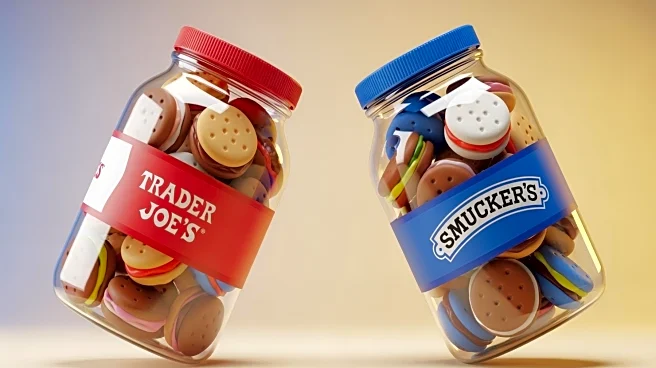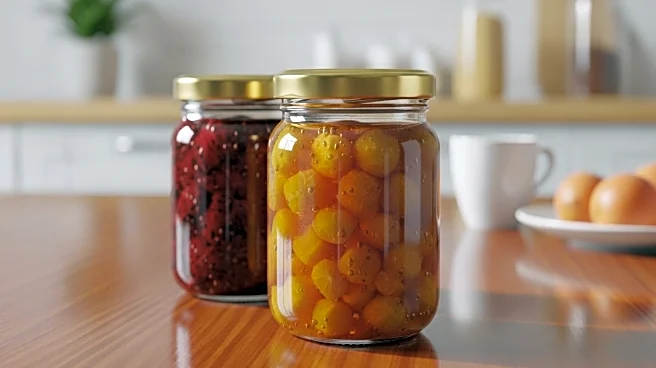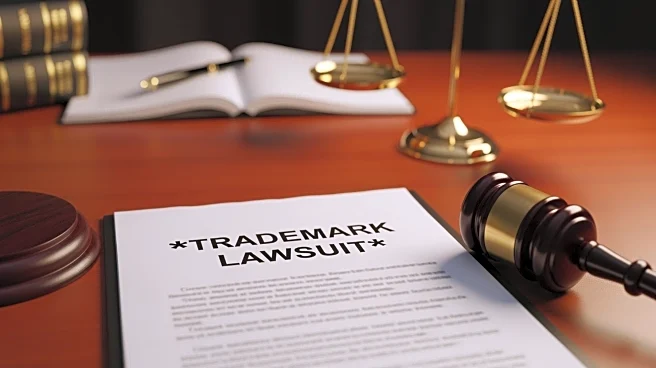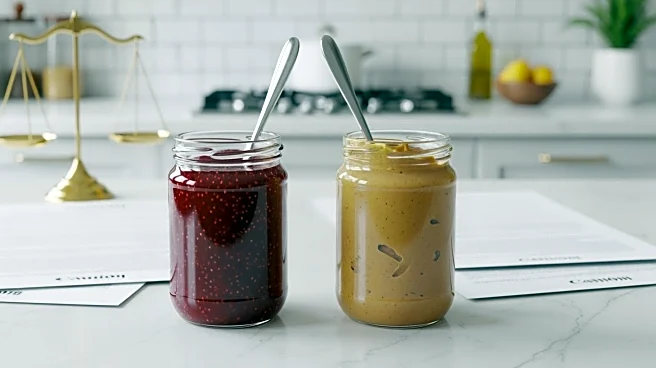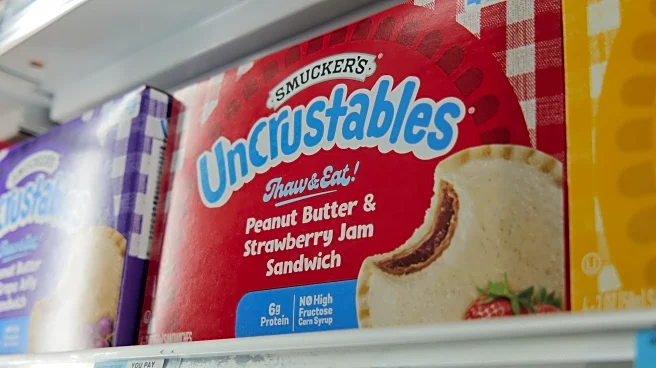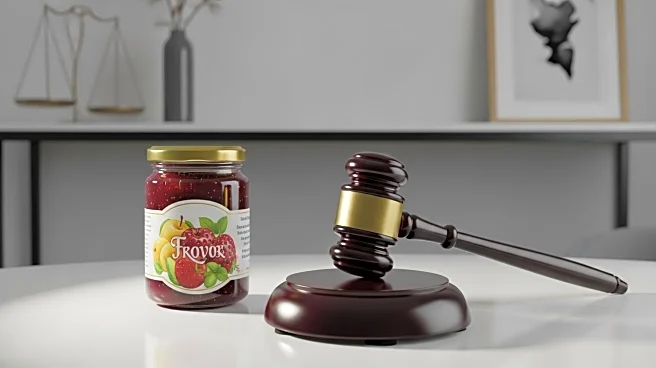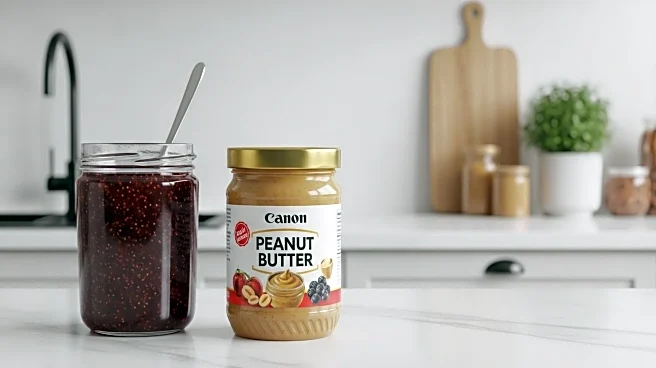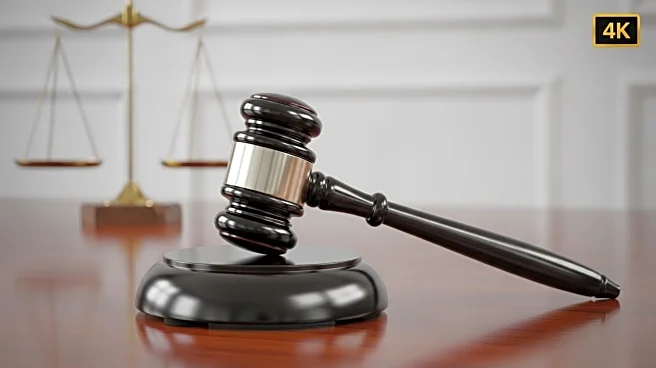What's Happening?
J.M. Smucker has filed a federal lawsuit against Trader Joe's, accusing the supermarket chain of infringing on the trademarks of its Uncrustables frozen sandwiches. The lawsuit, filed in the Northern District
of Ohio, claims that Trader Joe's crustless PB&J sandwiches mimic the design and packaging of Uncrustables, including the round, crustless shape with a crimped edge. Smucker's alleges that Trader Joe's is attempting to trade off the fame and recognition of Uncrustables, which have been a popular product since their market introduction in 2000. The lawsuit seeks damages and an injunction to prevent Trader Joe's from using similar imagery and design.
Why It's Important?
The lawsuit is significant as it highlights the competitive dynamics in the food industry, where product design and brand recognition are critical for success. Smucker's Uncrustables have become a staple in many households, and protecting its trademark is essential for maintaining its market share. The case could influence how companies approach product development and branding, emphasizing the need for innovation while respecting existing intellectual property rights. The outcome may also impact consumer perceptions and purchasing decisions, as brand loyalty plays a crucial role in the food sector.
What's Next?
The court's decision will determine whether Trader Joe's must halt the sale of its crustless sandwiches and potentially pay damages to Smucker's. The case may lead to increased scrutiny of product designs across the industry, prompting companies to ensure their offerings do not infringe on existing trademarks. Trader Joe's response and any potential settlement or ruling will be closely monitored, as it could affect future trademark enforcement and business strategies.
Beyond the Headlines
This legal battle highlights the challenges companies face in balancing innovation with trademark protection. It raises questions about the scope of trademark rights and the extent to which design elements can be protected, potentially influencing future legal interpretations and industry practices.
